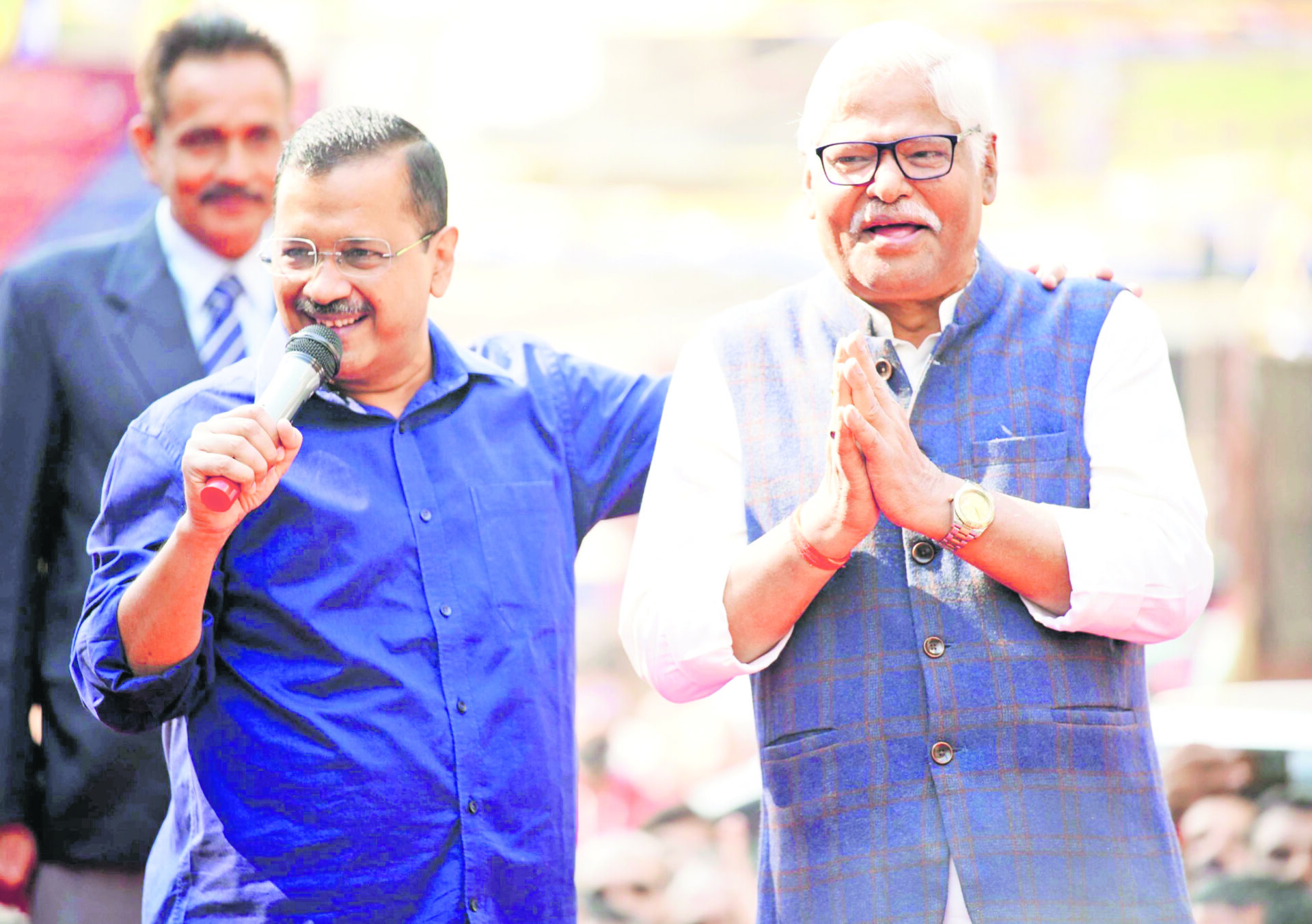Both candidates have been in politics for decades. Mishra has been a three-time legislator, while Kamaljeet Sehrawat has been former Mayor of Delhi.
The delimitation exercise before the 2009 parliamentary elections created the current-day West Delhi Lok Sabha constituency, which is now in news not just for its key contestants, but also because two-time sitting BJP MP from the seat, Parvesh Varma, has been dropped by the saffron party.
Considered a seat where Jat voters have always played a key role, West Delhi’s 24.88 lakh voters have to pick one of the two top contestants—BJP’s Kamaljeet Sehrawat and I.N.D.I Alliance’s common candidate and AAP leader Mahabal Mishra.
Both candidates have been in politics for decades. Mishra has been a three-time legislator while Sehrawat has been former Mayor of Delhi. While voting on 25 May, the BJP would want women voters—across the political spectrum—to back Sehrawat, while the AAP-Congress coalition would want to benefit from their joint effort.
There are 11,61 lakh women voters and 13.27 lakh male voters in the constituency. In the 2019 and 2014 elections, BJP candidate Parvesh Verma was victorious from the seat. In 2009, Mishra won as the Congress candidate, when the new constituency took shape after delimitation. Connectivity issues in rural areas, basic water and civic facilities in unauthorized colonies, decongestion on roads and upgradation of infrastructure in planned colonies continue to be key issues close to voters’ hearts.
For two decades, before joining the AAP, Mishra was a big Poorvanchali face of Delhi Congress whose dialect and mannerism, at one point of time, were likened with Lalu Yadav. But his electoral success in Delhi Assembly and MCD has not continued in parliamentary elections where he has managed to win only once in three outings.
The West Delhi Lok Sabha seat, known for epic electoral battles between Jat leaders like BJP’s Sahib Singh Verma and Congress’ Sajjan Kumar, has thrice elected an MP from the party forming government but never has their elected representative made it to the Union Cabinet. Verma’s father Sahib Singh had served as Delhi Chief Minister and Union minister.
In 2014, and 2019, the BJP came to power at the Centre and on both occasions a section of Jat supporters of the party
On the other hand, Mishra, who became West Delhi MP as a Congressman in 2009—after entering Delhi politics in 1997 as municipal councillor and serving as an MLA thrice—has never tasted success in Lok Sabha elections again. He continues to reap the benefits of his work for providing water connections and other civic facilities in a large chunk of unauthorized colonies that came up in West Delhi over the past four decades. Observers believe a tough battle could be on the cards if the Congress votes do get transferred to AAP-Congress’ common candidate Mishra.
In fact, political analysts claim that it is the Poorvanchali residents of these unauthorized colonies—carved out of private agricultural land—who decide the fate of the aspiring MPs from the seat. Both Sahib Singh and Sajjan Kumar also had their pockets of influence among these unauthorized colonies which tilted the balance in their favour. These two leaders also had a huge connection with the rural, agrarian voters which Mishra lacks to an extent. His BJP rival Sehrawat, however, seems to have an upper hand in this as she hails from Amberhai village in West Delhi.
The urban areas of the West Delhi constituency consist of colonies that have a significant presence of Punjabi population but these voters have more or less been equally divided among BJP and its rival parties. Colonies like Tilak Nagar, Hari Nagar, Rajouri Garden, Janakpuri, Vikaspuri and Dwarka also have a significant presence of Sikh voters. A few colonies like Khyala are also home to victims of anti-Sikh riots of 1984 and people who escaped terrorism in Punjab and settled in Delhi.
After delimitation in 2009, many areas from South Delhi and Outer Delhi seats have been added to the West Delhi constituency. Prior to 2009, the West Delhi seat had elected Delhi’s first CM Brahmprakash as its MP on three occasions in 1962, 1967 and 1977.

